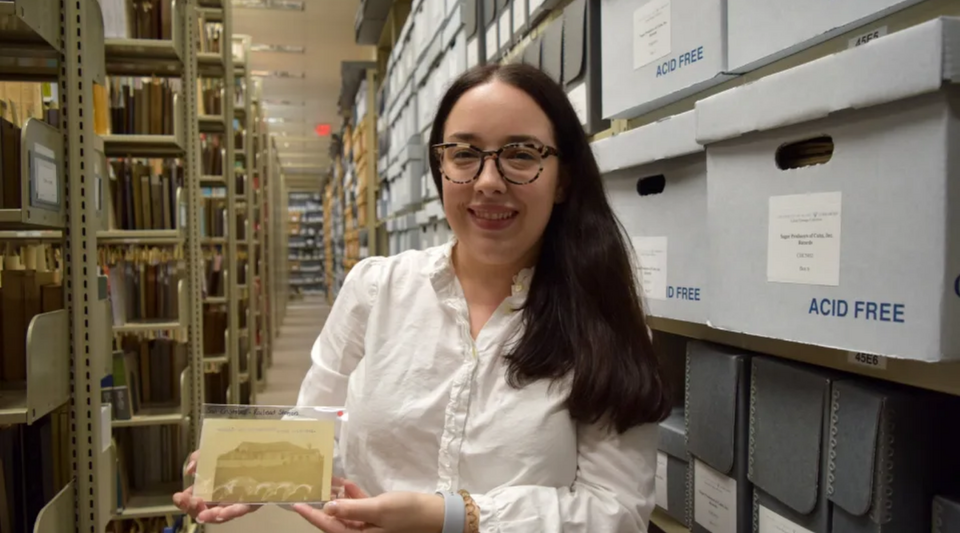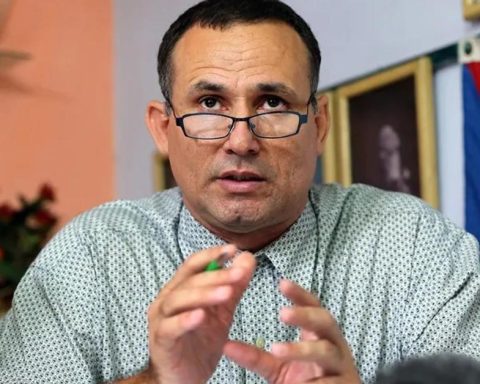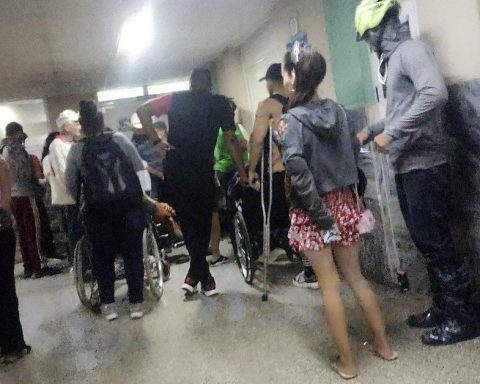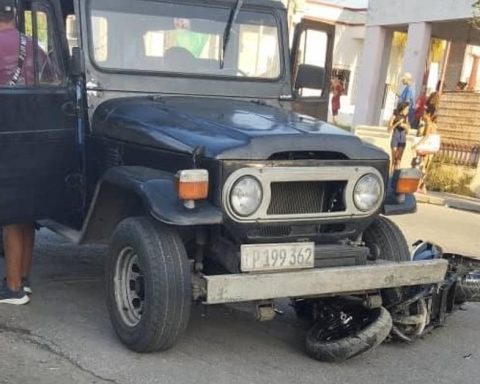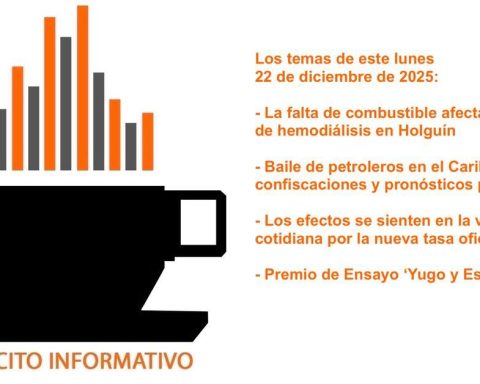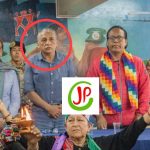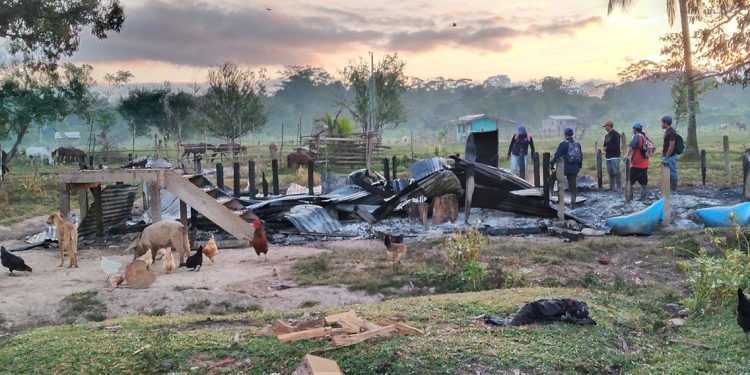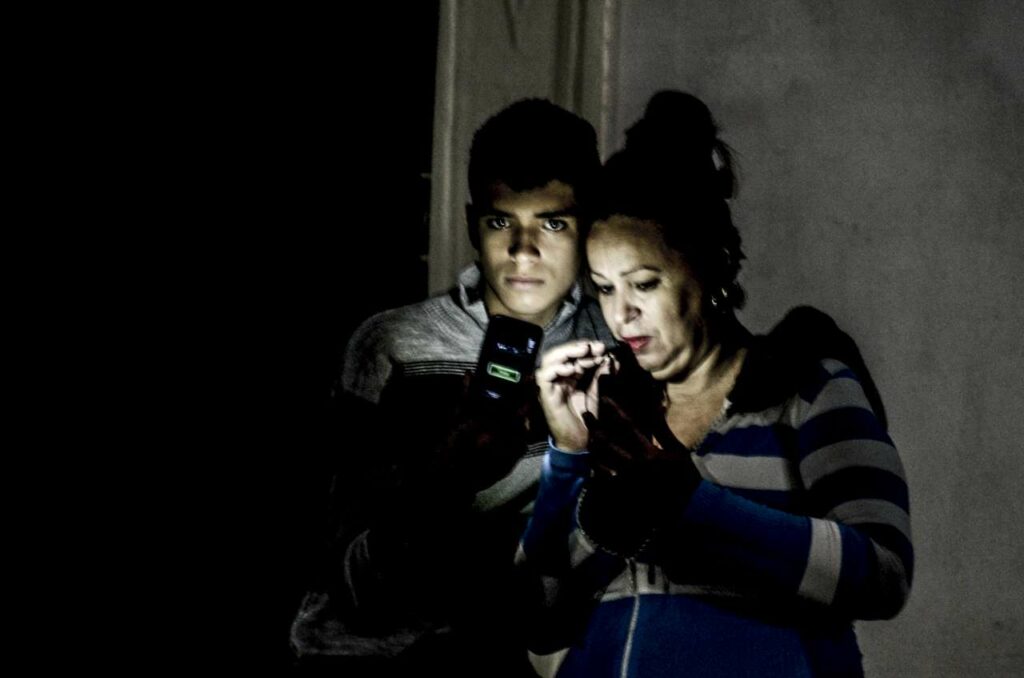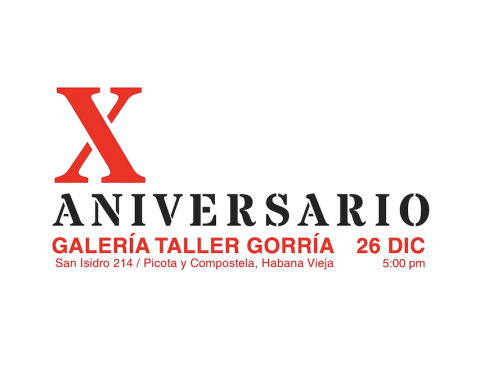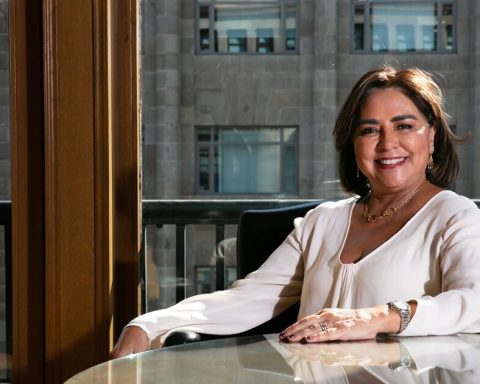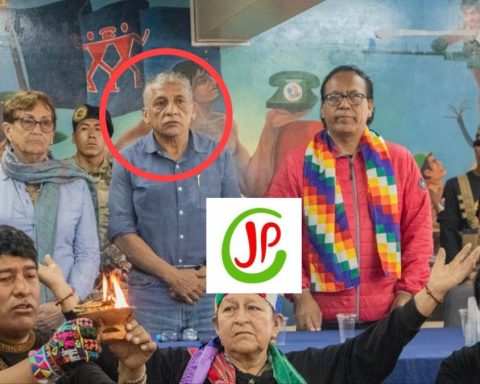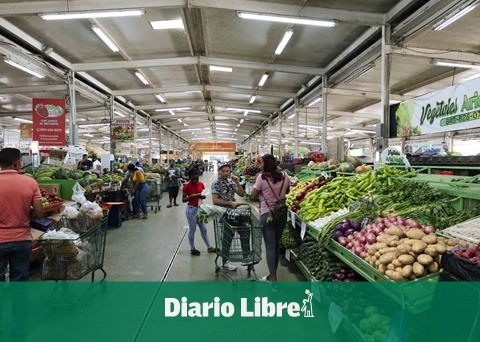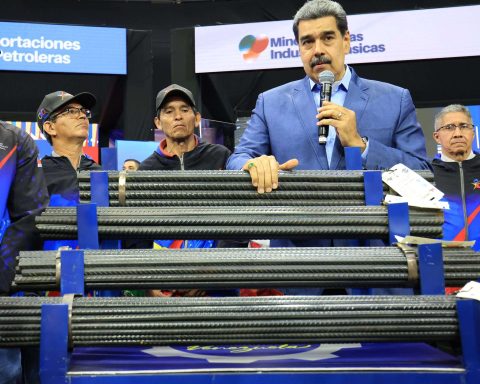(EFE) is vaccinated against politics.
“We are here to collect all the information we can about Cuba, exile and the diaspora. Politics does not matter to us, anything can be in our collection if it is useful for researchers,” the director, Amanda Moreno, told EFE. 32 years.
At his side, Gladys Gómez, one of the five founders of the Cuban Heritage Collection, confirms this and specifies that, although the Cuban government has not requested his services, people from Cuba have come to investigate. “There was one who investigated hurricanes. He spent more than a month with us,” recalls Gladys.
Unlike Amanda, who was born in New York and is the daughter of Cubans, Gladys came into the world in Cuba and arrived in the US in the 1960s with other of the more than 14,000 children participating in Operation Pedro Pan.
‘Memories of the Sierra Maestra’, signed by Fidel and Raúl Castro, Ernesto ‘Che’ Guevara and Camilo Cienfuegos, is next to some original letters clandestinely removed from Castro’s prisons in 1965
Amanda and Gladys are united by their passion for the preservation of documents on Cuba, which are organized into 800 thematic collections on historical figures and groups, and more than 75,000 books and newspapers, among other stationery.
Standing by one of the display cases, both confirm that a children’s book, Memories of the Sierra Maestrasigned by Fidel and Raúl Castro, Ernesto Che Guevara and Camilo Cienfuegos, is next to some original letters smuggled out of Castro’s prisons in 1965.
In another window is one of the pieces that the director likes the most, a bilingual menu of dishes served by the famous Tropicana cabaret, along with some covers of the Éxodo newspaper, which the Cuban rafters of the 1994 crisis wrote while they were detained in the US Guantanamo base.
The oldest document in the collection is a 1552 work by the Dominican friar Bartolomé de las Casas.
Although it grew with the arrival of Cuban exiles in the early 1960s, the collection began in 1926 when the University of Miami opened.
“The president (rector) began to visit universities. The closest one to the south was the University of Havana and there an exchange of books took place. The first 300 books that entered the University of Miami were Cuban books,” explains Gladys .
But the inauguration of the University of Miami, he says, “occurred in the middle of a cyclone,” the powerful hurricane known as “the cyclone of ’26,” which cut off maritime traffic between Cuba and South Florida.
“At that time the exile newspapers began to come out. We were the only ones who collected them and to preserve them they were microfilmed”
Gladys founded the collection in the 1960s together with the librarians Rosa Abella, Ana Rosa Núñez, Lesbia Orta Varona and the recently deceased Esperanza Bravo de Varona.
“The one who started it was Rosita Abella, who worked in the acquisition department (…) She was the one with the idea of collecting everything related to Cuba to eventually take it back, thinking that it was going to be a very short exile,” recalls Gladys, who began working at the University of Miami in 1967.
“At that time the exile newspapers began to come out. We were the only ones who collected them and to preserve them they were microfilmed,” he details.
In a gesture to bring us closer to time, Amanda shows number 163, for this month of March, of the magazine the kentubanpublished from Kentucky by the many Cubans living there.
Erasing the line that separates this file from the physical Island can be achieved with exchanges, according to its director.
“I don’t like that division, what I like is exchanging. I have not been to Cuba, my family has never returned and I do not want to offend them, but I would like to go. I would love to see where my parents grew up in a small town in Pinar del Rio, San Cristóbal,” says Amanda.
While the director looks for a travel postcard that someone donated that shows the San Cristóbal train station, Gladys prefers to pose next to a relic, an edition of ismaelillothe book of poems by José Martí written in New York in 1882 and signed by its author.
________________________
Collaborate with our work:
The team of 14ymedio He is committed to doing serious journalism that reflects the reality of deep Cuba. Thank you for accompanying us on this long road. We invite you to continue supporting us, but this time becoming a member of our newspaper. Together we can continue transforming journalism in Cuba.
